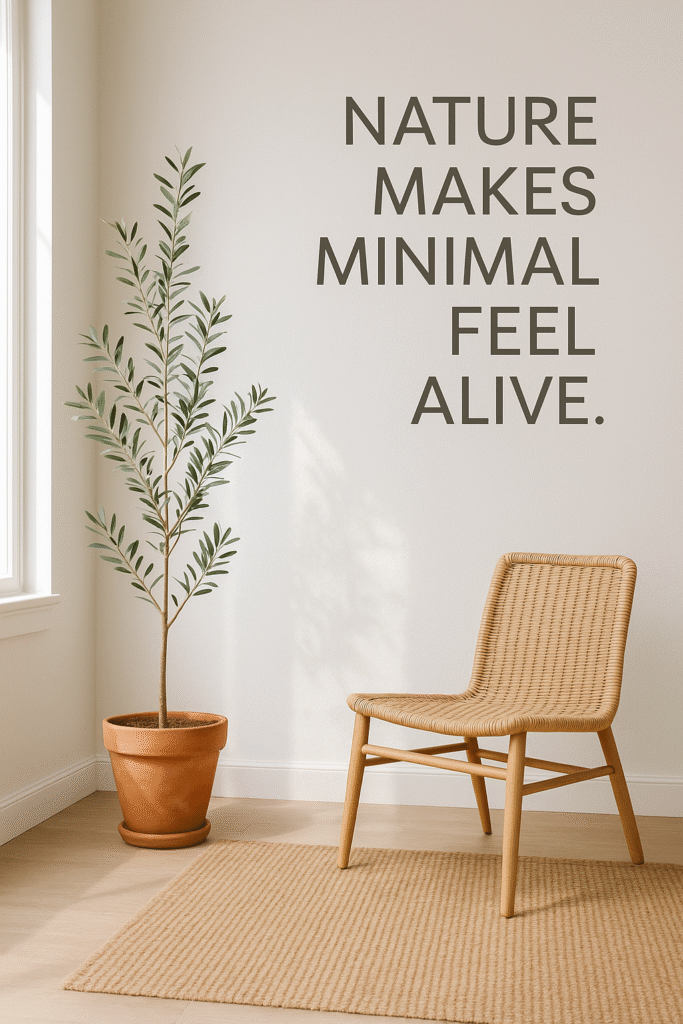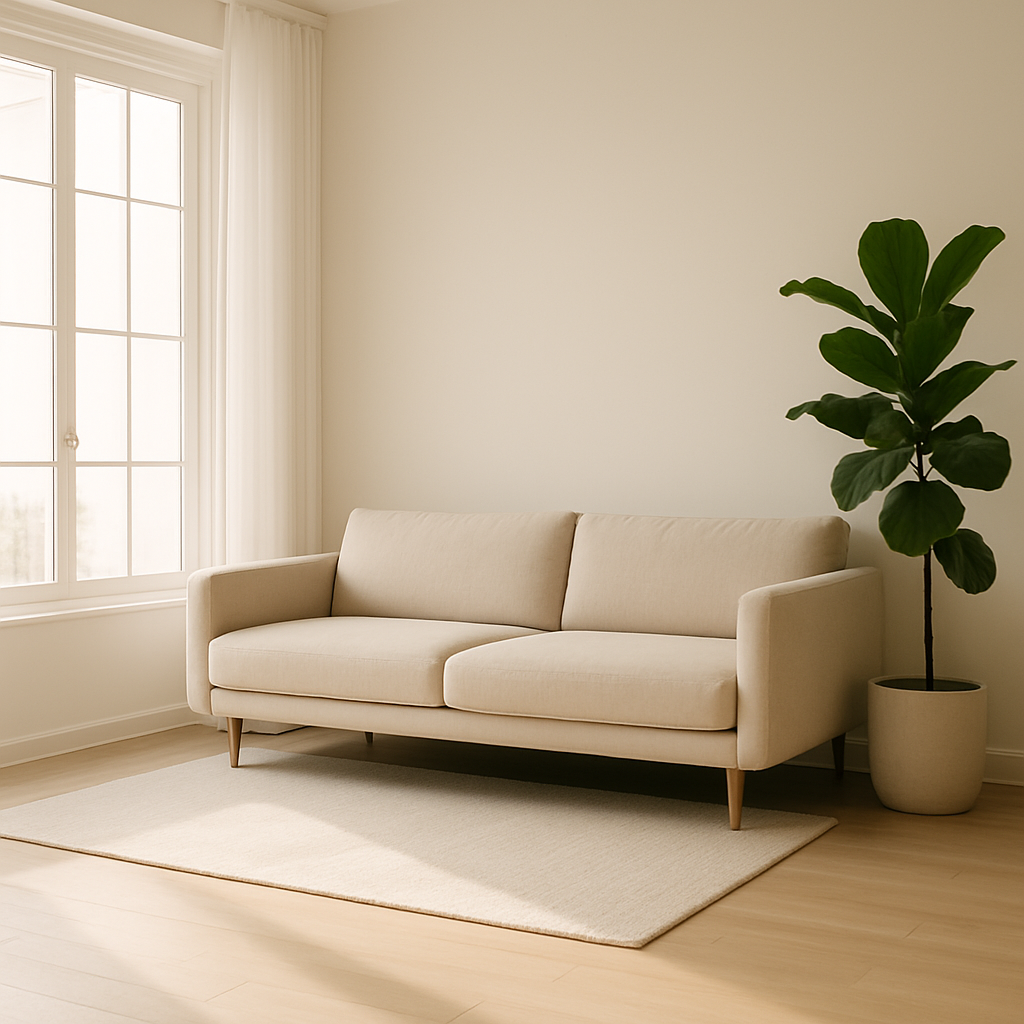Is your home starting to feel cluttered, chaotic, or just… off?
You’re not alone.
Between trendy decor hauls and endless Pinterest boards, it’s easy to keep adding until your space starts to feel more crowded than calm.
But here’s the secret:
You don’t need more stuff. You need more space to breathe.
That’s where minimalist decor comes in. It’s not just about removing things it’s about creating a space that feels intentional, soothing, and effortlessly stylish. And no, you don’t have to throw away everything or live in an empty white box.
In this guide, we’ll share simple, practical tips that will help you transform your space into a peaceful, modern retreat one room, one corner at a time.
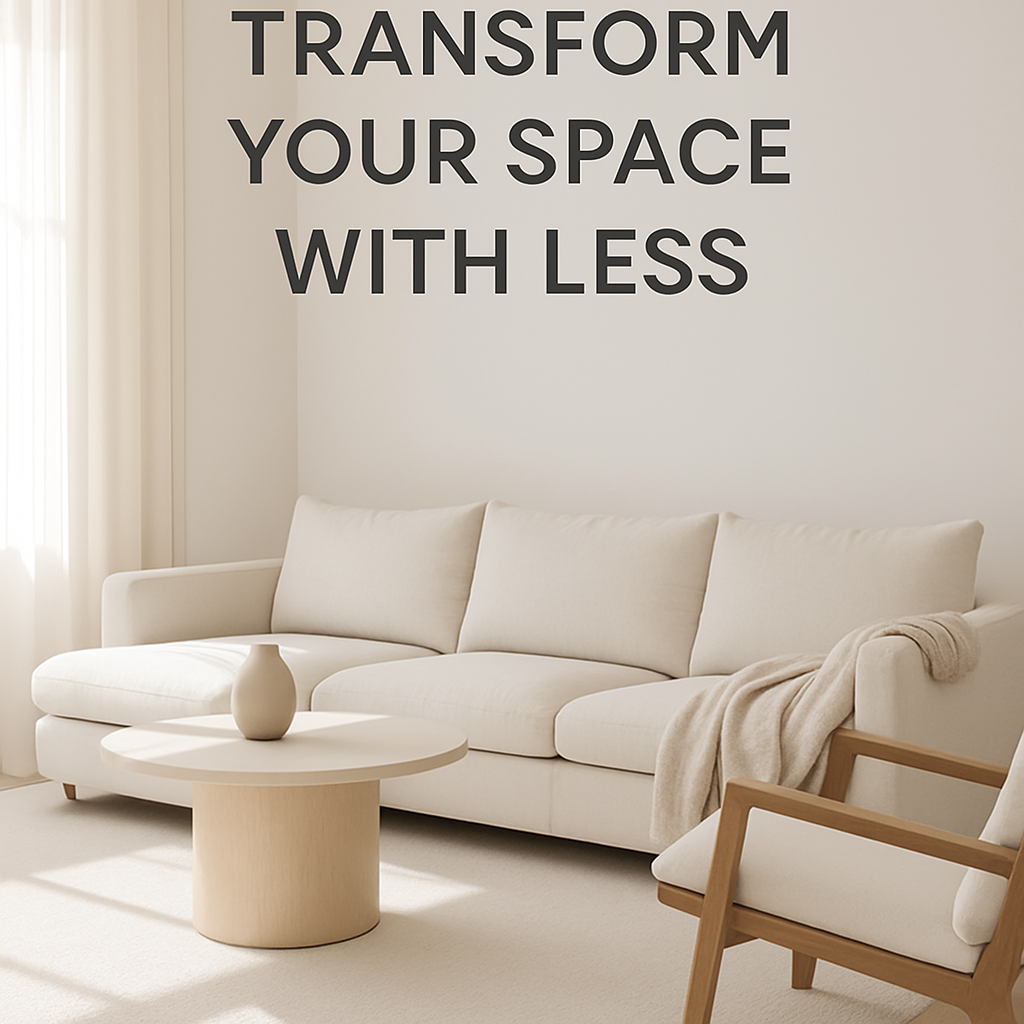
1: Why Minimalist Decor Works (Beyond Aesthetics)
Mental Clarity
Clutter = visual noise. A minimalist space calms your brain, reduces decision fatigue, and makes you feel more in control of your day.
Easier to Clean and Maintain
Less stuff means fewer surfaces to dust, fewer items to organize, and way less daily mess. You’ll spend more time enjoying your space not constantly fixing it.
More Space to Breathe
Minimalist interiors make even small rooms feel open and airy. With fewer items competing for attention, every piece feels more intentional and your home becomes instantly more peaceful.
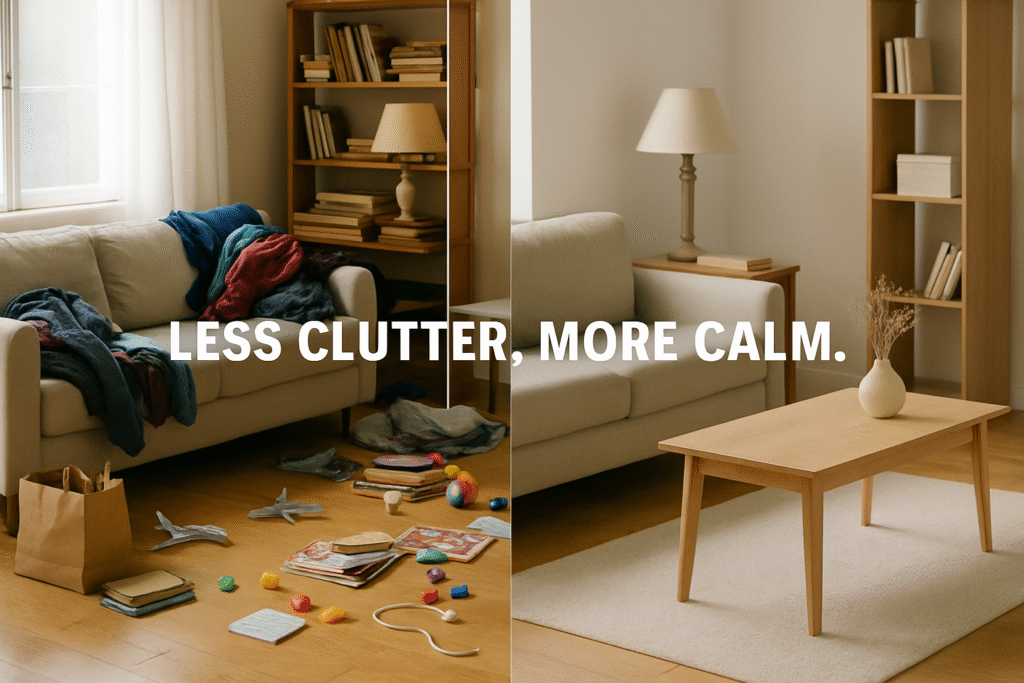
2: Start With a Clean Slate – Decluttering First
Before you bring in the neutrals, cozy textures, and aesthetic furniture you need to clear the noise.
Minimalist decor starts with one essential step: decluttering.
Why You Can’t Decorate Over Clutter
Even the most beautifully styled room can feel cramped and chaotic if it’s packed with too much stuff. The secret to creating a truly minimalist home?
Let go of the excess physically and mentally.
Simple Decluttering Tips to Get You Started:
1. Try the 3-Box Rule
Label three bins:
Keep, Donate, and Toss and work room by room.
If you haven’t used it in 6 months and it doesn’t serve a purpose or spark joy? It goes.
2. Clear Surfaces First
Start with countertops, coffee tables, and shelves. You’ll see instant visual relief and build momentum for bigger areas like closets and storage.
3. Edit, Then Edit Again
Once you think you’ve decluttered… do one more pass. Most of us hold on to more than we realize.
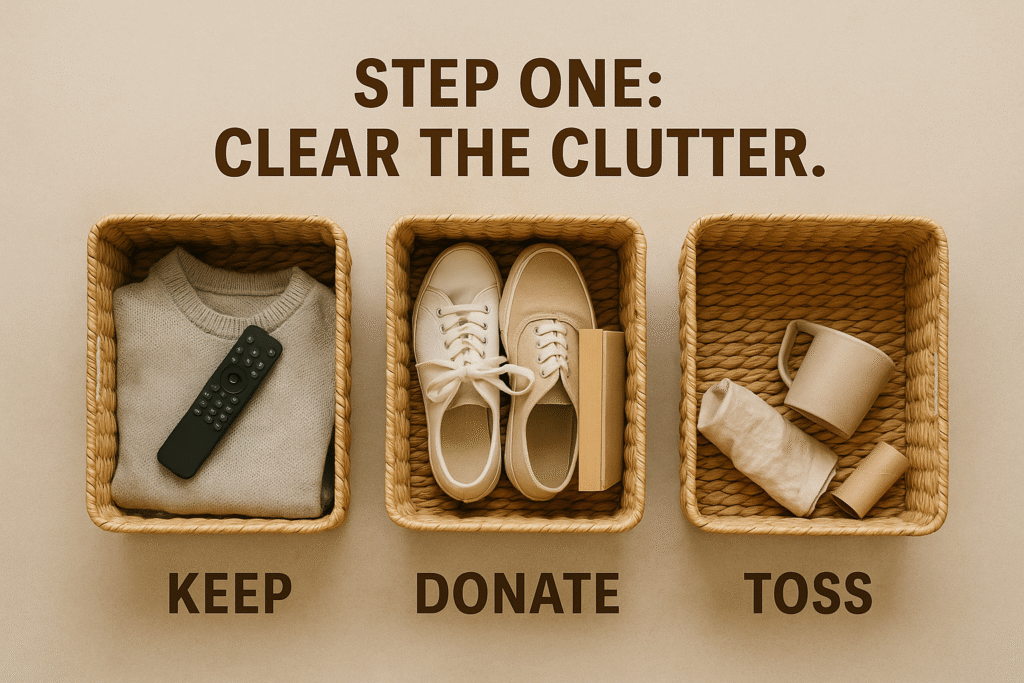
3: Use a Soft, Neutral Color Palette
One of the easiest ways to make a room feel calm and cohesive is through color and in minimalist design, less is definitely more.
Why Neutrals Work So Well in Minimalist Spaces:
- They reflect natural light, making rooms feel open and airy.
- They create a soothing, spa-like atmosphere that instantly relaxes the mind.
- They allow textures and shapes to shine without visual overwhelm.
Best Colors for a Minimalist Home:
| Tone | Examples |
|---|---|
| White & Off-White | Pure white, ivory, eggshell |
| Beige & Warm Neutrals | Sand, oat, taupe |
| Greys & Cool Neutrals | Dove grey, ash, soft stone |
| Earthy Accent Colors | Sage green, dusty rose, rust, navy blue |
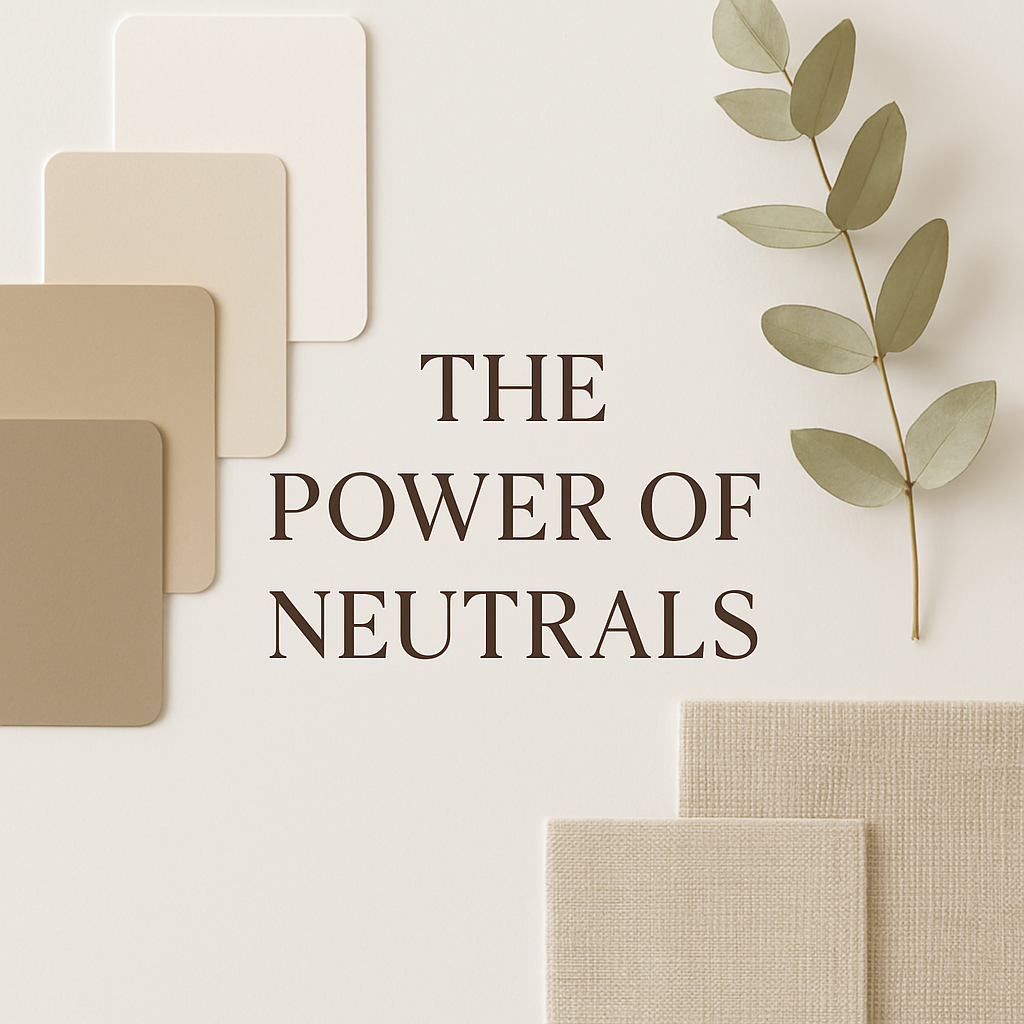
4: Choose Functional, Beautiful Furniture
In minimalist design, every piece of furniture counts so it has to do more than just look good.
The goal is to choose pieces that are:
- Simple in shape
- High in function
- Visually light (not bulky or heavy-looking)
What to Look for in Minimalist Furniture:
Clean Lines & Simple Shapes
Skip ornate carvings or fussy detailing. Go for furniture with straight or gently curved lines the kind that blends in rather than dominates.
Neutral Colors & Natural Materials
Stick to neutral shades (white, beige, grey, wood tones) and materials like linen, cotton, wood, and metal.
Function + Storage
Smart minimalist furniture often doubles as storage:
Ottomans with hidden compartments
Bed frames with drawers
Coffee tables with built-in shelves
Legs Make Space
Opt for sofas, chairs, and tables with elevated legs. This makes the room feel more open by allowing the eye to see more floor space.
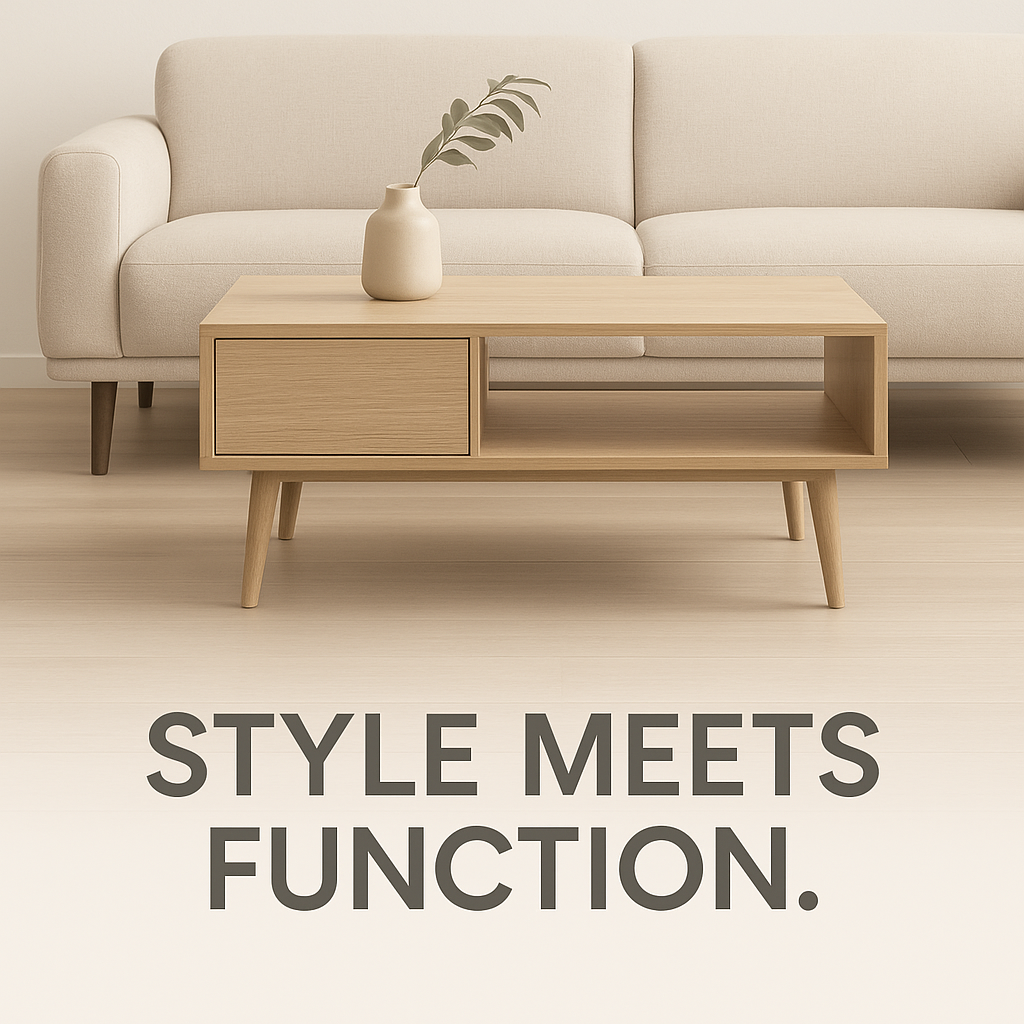
5: Accessorize Lightly – Let Space Breathe
Minimalist decor doesn’t mean empty. It means intentional.
Accessories still matter but in a minimal space, every piece is carefully chosen, placed, and spaced to let the room breathe.
How to Accessorize Like a Minimalist:
Go for Fewer, Larger Pieces
Instead of cluttering a shelf with 10 tiny trinkets, use 1–2 statement objects like a sculptural vase, a framed art print, or a natural stone bowl.
Focus on Texture, Not Quantity
Use contrast and texture (linen, matte ceramic, natural wood, woven baskets) to add interest without adding visual noise.
Leave Blank Space On Purpose
A blank wall or empty tabletop isn’t unfinished it’s part of the design. It creates balance and gives the eye a place to rest.
Stick to a Cohesive Palette
Your accessories should echo your color theme muted, earthy, neutral, or monochrome to maintain that calm and unified look.
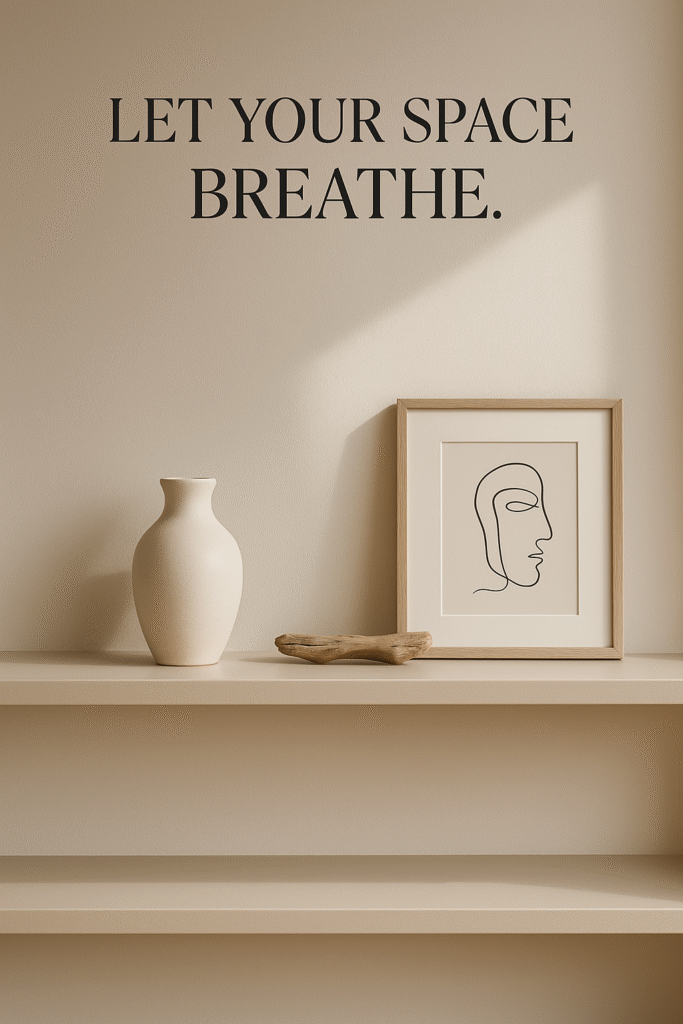
6: Bring in Nature for Softness
Minimalist spaces can sometimes feel cold or sterile unless you balance them with organic warmth.
That’s where nature comes in.
Whether it’s a potted plant, natural wood grain, or soft woven textures, nature brings life, softness, and soul into a minimal home.
Ways to Bring Nature Indoors (Without Clutter)
Add a Few Statement Plants
You don’t need a jungle. Just 1–2 well-placed plants can completely change the vibe of a room. Try:
Fiddle Leaf Fig – Tall, sculptural
Snake Plant – Sleek, low maintenance
Olive Tree – Soft and airy
Eucalyptus (in a vase) – Minimalist and calming
Use Natural Materials
Wood accents – coffee tables, picture frames, shelving
Rattan or jute – baskets, rugs, light fixtures
Linen or cotton – curtains, cushions, bedding
These textures help warm up your neutral palette without adding visual clutter.
Let In Natural Light
Pull back heavy curtains, use sheer drapes, or position mirrors to bounce daylight. Light + organic elements = instant calm.
